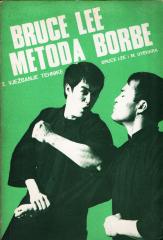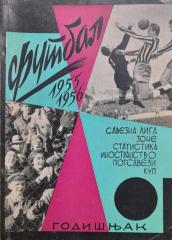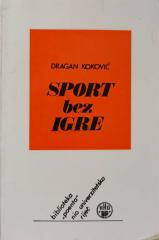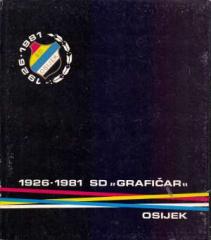
Metoda borbe: 3. Napredna tehnika
Treći dio serije „Bruce Lee’s Fighting Method“ najzahtjevniji je i najotvorenije pokazuje filozofiju Jeet Kune Doa: odbaci sve suvišno i zadrži samo ono što doista funkcionira pod realnim pritiskom.
Ključni sadržaji:
- Napad na pripremu (Attack by Drawing – ABD): Namjerno otvaranje „rupe“ kojom se protivnik mami u napad, a zatim trenutačno presretanje („intercepting the interception“). Lee daje 12 klasičnih primjera otvaranja linija i trenutnih kontranapada stop-kickom, finger jabom ili straight leadom.
- Progresivni indirektni napad (PIA): Umjesto direktnog udarca, prvo lažnjak visoko pa eksplozivni low kick ili obrnuto. Vježbe uključuju „feint & blast“ drillove s partnerom i na vreći.
- Kombinacije rukama i nogama (Hand Immobilization Attack – HIA): Hvatanje ili „lijepljenje“ protivnikove ruke (slično chi sao) i istovremeni udarac slobodnom rukom/nogom. Najpoznatija je „pak sao + straight blast“ kombinacija.
- Napredni nožni rad: Detaljno opisani „power step“, „burst step“, „in-place change“ i „circling“ za brzo zatvaranje ili otvaranje kuta od 45–90°. Lee naglašava da prava prednost nije u snazi nego u „neuhvatljivosti“.
- Trening pod pritiskom: „Pressure drills“- jedan napada non-stop 30–60 sekundi, drugi samo preživljava i kontra. „Blindfold sparring“ i „multiple attacker drills“ (2–3 protiv 1) za razvoj intuicije.
- Pariranje i kontra nožnim tehnikama: Kako stop-kickom zaustaviti roundhouse, shin-block protiv low kicka, te „jam-the-kick“ tehniku (ulazak u mrtvi kut protivničkog udarca).
- Najvažnija lekcija: „Tehnika prestaje biti tehnika kad postane dio tebe.“ Lee ovdje otvoreno kritizira klasične stilove koji „vezuju“ borca fiksnim formama i traži potpunu slobodu izražavanja: „Using no way as way, having no limitation as limitation.“
Posljednje stranice donose fotografije iz Leejeva privatnog treninga s Danom Inosantom i demonstracije „strašne brzine“ u kojima jednim pokretom pogađa tri različita cilja na tri različita partnera.
Knjiga završava rečenicom koja je postala legendarna: „Najbolji borac nije boksač, karatist ili džudist. Najbolji borac je onaj koji se može prilagoditi bilo čemu.“
Jedan primjerak je u ponudi





